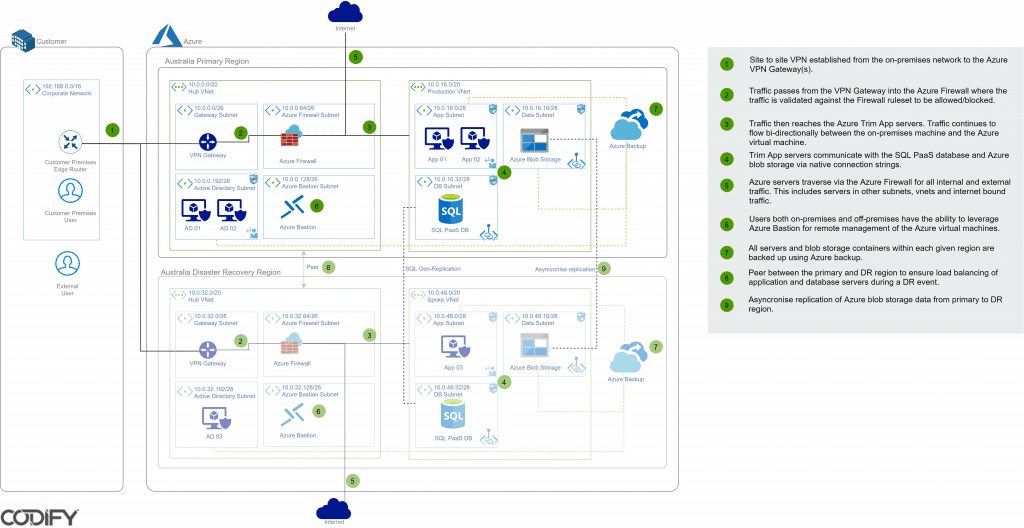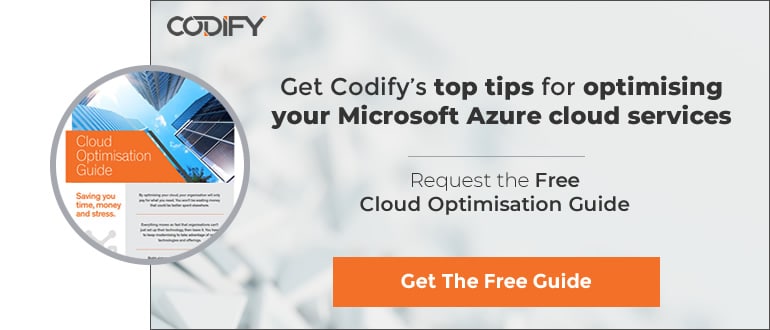Over the last two decades, the way organisations manage digital documents has changed tremendously. Not only is the number of files captured growing, the size of those files is ballooning as well. As an example, ten years ago, the average scan might have been taken at 300 DPI. Now, the default setting on a modern scanner or device is closer to 600-800 DPI.
For organisations in highly regulated industries or those with extensive compliance requirements – such as financial services businesses or governmental agencies – growing demand for documentation capture is further exacerbated by the burden of having to be readily available at the request of the regulator or customer.
The result of this exponential expansion – for organisations that use systems like Content Manager (CM9) – is that digital records management systems are growing unwieldy. Especially if they’ve been managed in a piecemeal fashion over time, the changes teams have had to make to react quickly to new demands have left records systems unstable. Higher storage demands mean they’re often running out of space.
That was the situation a Queensland Government department recently found themselves in when they engaged Codify for support. Although their crippled CM9 deployment was still functioning, stability issues resulted in the loss of some records – as well as the very real risk of further data loss and ongoing, prolonged outages.
What is CM9/TRIM?
If you aren’t familiar with CM9, you may remember it as Records Manager (RM8) or even TRIM, if you’re of a particular age or technical vintage. At Codify, we know it as TRIM, and many of our enterprise customers do too.
Whatever you call it, TRIM or CM9 is an electronic document and records management system (eDRMS). Effectively, it’s an organisation’s codex or ‘source of truth’. Think of it as the organisation’s historian – one that may be holding decades of documents, decisions, and records.
In that context, it’s understandable that any data loss from such a system could have a significant impact. Just imagine the fallout the failure of an eDRMS could have if it caused the loss of customers’ mortgage contracts or company deed – or the scrutiny a Council might face if its development plans were lost due to an electronic records failure.
Even if you don’t find yourself in this situation with your CM9 deployment, thank goodness, you may still experience some of the following challenges:
Growing Storage Demands for New Content Types and High-Resolution Formats
When you first deployed TRIM, it was likely populated with .DOC and .PDF files. Yet now, with 4K video in the palm of your hand and high-resolution duplex scanners that include OCR data, you’ve likely had to extend-and-expand the underlying storage.
As a result, on CM9, you might find that your files have become fragmented or that a mismatch of volume sizes and performance make regular Ops activities a nightmare.
Maintaining Suitable Backup & DR Infrastructure
If you’ve ever struggled to fall asleep after several days of backups ‘completed, with errors’ – knowing that the index rebuild is going to take days, if not hours, to re-catalogue the document storage – you may be reaching the limits of your current TRIM implementation.
Enabling Secure Remote Access
With significant demand from staff to continue working from home, you need a secure way to grant access to the CM9 web interface. By configuring Azure AD as a SAML authentication provider for CM9, you can use your existing cloud identities and leverage Conditional Access and MFA to properly secure logins for staff working from anywhere.
Securing PROTECTED Data
In 2020, Micro Focus announced the release of a Content Manager subscription solution, available as both a software product (for you to install and manage) and as a hosted platform (a SaaS application).
However, for those with sensitive or PROTECTED data, taking advantage of these new products will be out of reach until they’re cleared by the Australian Signals Directorate (ASD). Azure, on the other hand, is the most certified public cloud and has been accredited by the ASD to host PROTECTED data through an IRAP assessment.
Moving Away from Legacy Versions of Windows and SQL
If you’re experiencing any of these issues – or if you’re still calling it TRIM because that’s the version you’re running – you may find yourself facing a significant upgrade to a more sustainable solution in the future.
Modernising with Microsoft’s Azure Platform-as-a-Service (PaaS) makes it possible for you to continue to consume your existing application and data, without the headache of managing the infrastructure.
Want to see how it works in practice? The reference architecture diagram below offers a high-level solution overview of how Codify has managed migrations of TRIM to the cloud – including the Queensland Government department mentioned earlier:

How Azure PaaS Produces a Highly Scalable and Available Storage Solution
Files stored in TRIM are the lifeblood of the business. As a result, any solutions for managing them must be both scalable (to support future growth) and available (to give you peace of mind knowing you can restore your documents and even failover to a DR site at the flick of a switch).
The Azure technologies behind this design include:
Application & Web Tier
- Azure VMs. The CM9 application and web components need to be installed and configured on VMs running Windows. Azure VMs offer Windows and Linux OSs that are connected to your network (via ExpressRoute) for seamless integration with the rest of your infrastructure. When paired with Azure Availability Sets, we can build highly available solutions in the cloud with an uptime SLA of 99.99%.
Data Tier
- Azure SQL Database. CM9 supports Azure SQL for the application database. Moving this database to an ‘as-a-Service’ model greatly reduces the ownership of CM9, as it is an evergreen and always up-to-date database that doesn’t require you to patch and manage a SQL server.
Document Store
You have two options here, and your selection will likely depend on the specific version of CM9 you’re running.
- Azure Blob Storage. Blob storage is a staple of the cloud, and moving to it from a file share is a simple migration process. Your records are available securely via an HTTPS end-point (instead of SMB), and they can be firewalled off for your use only. Starting at $29 (AUD) per TB per month, this solution is extremely economical.
- Azure NetApp Files. Migrating document storage to Azure NetApp files (ANF) provides a file share-as-a-service that’s resilient and allows organisations to run performance-intensive and latency-sensitive file workloads in the cloud. With up to 100 TB per volume, you can migrate your data with robocopy and continue to access records via an SMB path from CM9. ANF has many more features, and we find customers quickly think about moving other file shares after initial success with CM9. However, with rates starting at $229 (AUD) per TB per month (and a minimum of 4TB), you do pay for the extra features.
Regardless of which option you choose, both are supported by CM9 and greatly reduce the maintenance overhead for Ops teams that can now consume the service (instead of owning it).
DR
- Azure Site Recovery. This service protects your Azure VMs with easily deployed replication, failover and recovery processes to keep applications running during planned and unplanned outages. This means you can run your CM9 application and web VMs in Sydney and replicate them to Melbourne as a DR solution, with recovery points as low as 15 minutes apart.
- Azure Backup. This is Azure’s cloud-native backup offering for long-term retention of your data in Azure. Azure Backup not only protects Azure VMs but also Azure Blob Storage and SQL databases, letting you manage backups in the cloud from a single console.
- Azure NetApp Files. Because NetApp Files offers product-specific replication and built-in backup solutions, your data can be replicated from Sydney to Melbourne and can leverage snapshots to provide long-term retention of data changes.
Network
- Azure ExpressRoute. Implementing all of these technologies would be in vain if you aren’t also to reliably and securely connect to CM9 to retrieve your records. ExpressRoute provides dedicated and private network connectivity from your on-premises network to a private Azure Virtual Network.
Together, these features allowed the Queensland Government department we supported to increase the stability and usability of their CM9 installation – and they can do the same for you.
If you’re thinking about moving your eDRMS to the cloud, use the diagrams and suggestions above to guide your process or reach out to Codify for support migrating your TRIM implementation to Azure.


